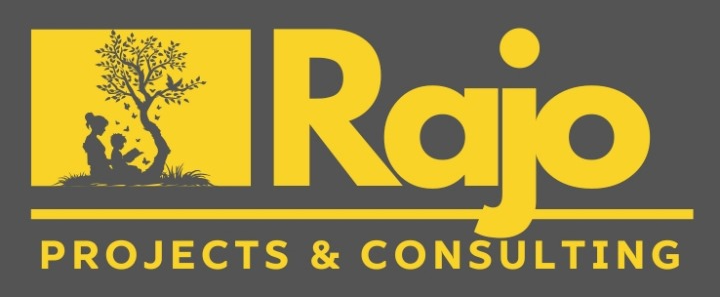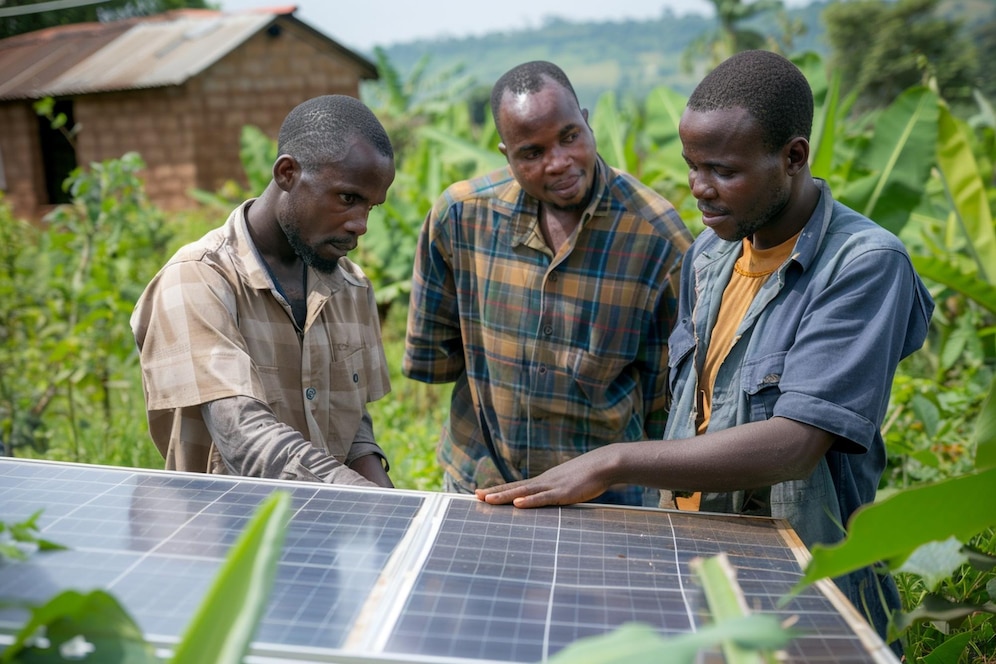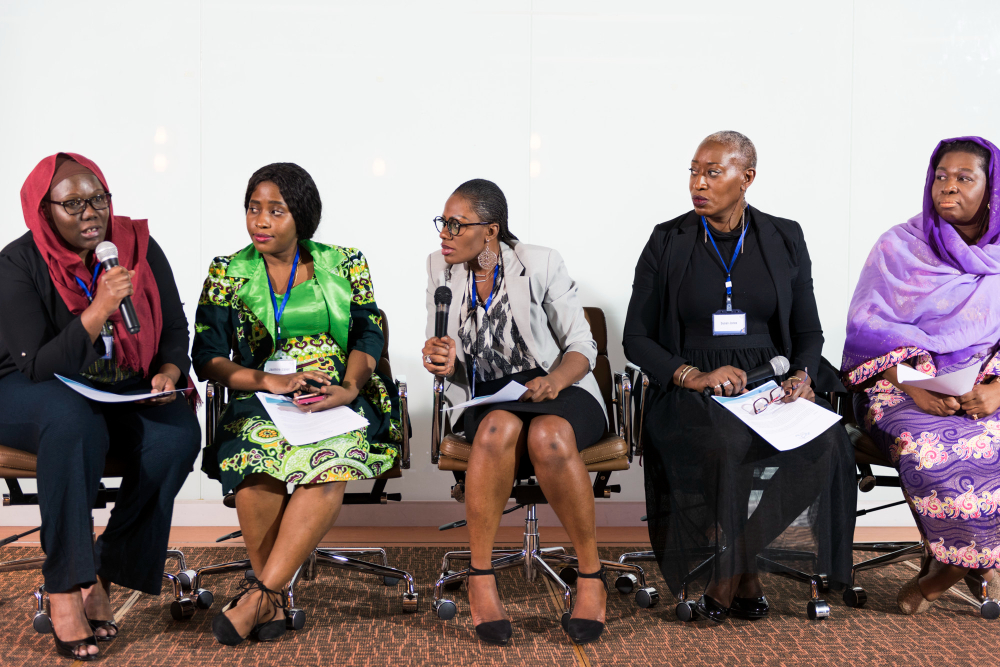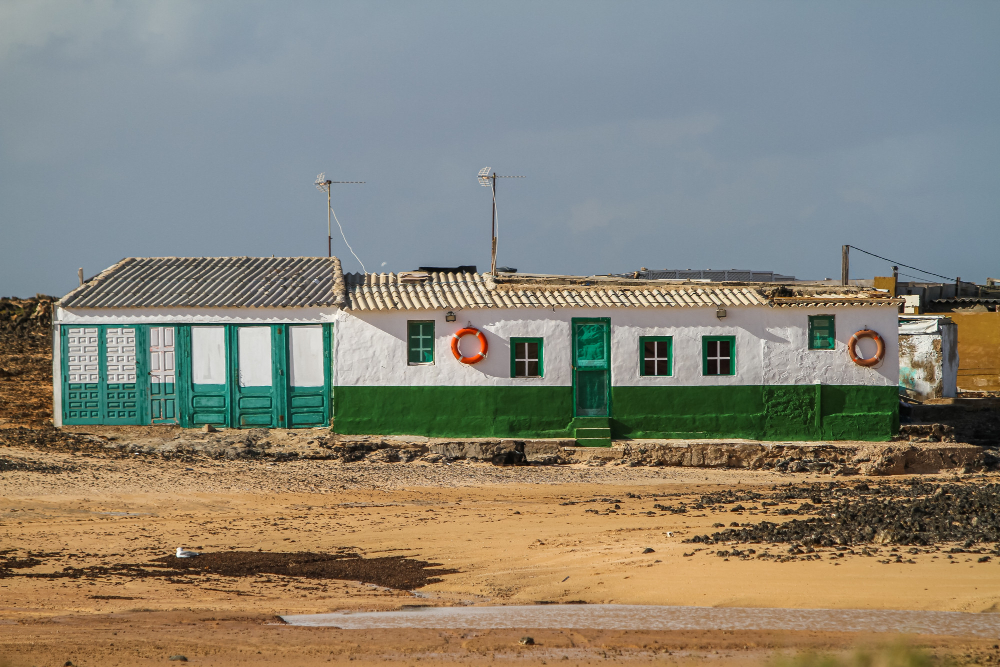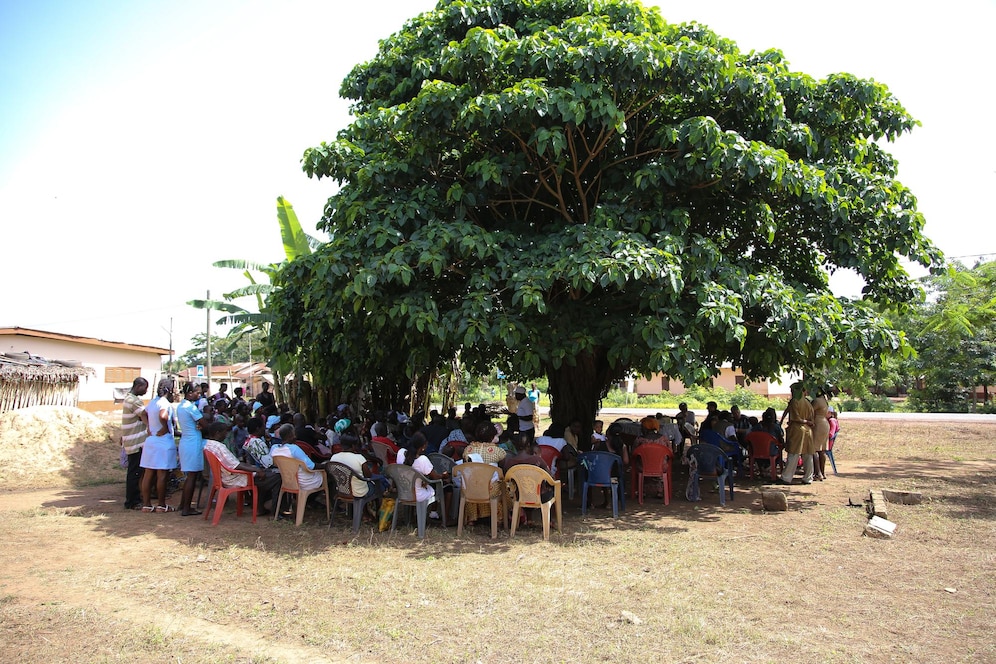Introduction
Energy access is a critical driver of economic development, yet many regions in the Horn of Africa, including Somaliland and Somalia, face significant energy challenges. With limited access to electricity, particularly in rural and off-grid areas, communities struggle to access basic services, such as education, healthcare, and clean water. Solar energy, as a sustainable and renewable resource, presents a promising solution to address these challenges. This blog explores the benefits of solar plants for communities in the Horn of Africa and outlines how they can contribute to economic growth, environmental sustainability, and social well-being.
Problem Overview
In Somaliland and Somalia, the energy infrastructure remains underdeveloped, with vast portions of the population lacking access to reliable electricity. According to the International Energy Agency (IEA), over 80% of the population in Somalia lacks access to electricity, and similar figures are observed in Somaliland. The reliance on traditional biomass, such as firewood and charcoal, contributes to deforestation, air pollution, and adverse health effects, particularly for women and children.
Additionally, the high cost of importing fossil fuels and the unreliability of the national grid in both countries further exacerbate the energy crisis. The region’s energy needs are expected to increase as urbanization and industrialization progress, making it essential to explore renewable energy sources that are not only environmentally friendly but also affordable and scalable.
Case Studies/Examples
- Somaliland’s Solar Power Projects
In Somaliland, the expansion of solar energy has seen positive results, particularly in rural areas. One notable example is the “Solar for Health” initiative, which has provided solar-powered electricity to healthcare centers in remote regions. The project, supported by international donors, has enabled healthcare facilities to operate at night, store vaccines, and improve patient care. The World Bank’s Renewable Energy Development Program (2019) highlights how solar energy is being integrated into healthcare and educational institutions to bridge the energy gap.
Another example is the development of the first large-scale solar power plant in Somaliland, located in the town of Berbera. This project is expected to provide clean and reliable energy to thousands of households and businesses. It will reduce reliance on imported diesel, cut carbon emissions, and provide a more stable energy source, enhancing economic opportunities for local communities.
- Somalia’s Solar Electrification Programs
In Somalia, solar energy has been increasingly utilized in both urban and rural areas. The Somali Ministry of Energy and Water Resources, in collaboration with the United Nations Development Programme (UNDP), has implemented several solar electrification projects, particularly for schools and clinics. For instance, solar power has been used to electrify rural schools in Puntland, improving educational outcomes by extending study hours and providing access to technology.
Moreover, solar-powered water pumps have been installed in drought-prone areas of Somalia, ensuring reliable access to clean water for thousands of people. According to a 2021 report by the UNDP, these solar-powered solutions have significantly improved water access, reduced the reliance on expensive diesel pumps, and mitigated the environmental impact of fuel-based systems.
- Kenya’s Solar-Powered Rural Electrification
While not directly in Somaliland or Somalia, neighboring Kenya’s efforts in solar-powered rural electrification provide valuable insights for the Horn of Africa. Kenya’s “Last Mile Connectivity” project, which combines grid extension with solar power, has connected thousands of households in remote areas to electricity. The integration of solar plants into national grid systems can serve as a model for Somaliland and Somalia to explore similar hybrid energy solutions.
Proposed Solutions
- Scaling Up Solar Investment
Governments and private investors should prioritize scaling up solar energy projects in the Horn of Africa, particularly for rural electrification. These projects should include both off-grid solar systems, such as solar home kits, and larger grid-connected solar plants to serve urban and peri-urban areas. Public-private partnerships (PPPs) can be instrumental in mobilizing investment and technical expertise. - Incentivizing Local Production and Innovation
To reduce the cost of solar installations and ensure long-term sustainability, local production of solar panels and related components should be encouraged. Governments and international donors can support local businesses and entrepreneurs to invest in manufacturing and assembling solar products. This would also contribute to job creation and the development of a local green energy industry. - Training and Capacity Building
Training local communities in solar energy installation, maintenance, and management is essential to ensure the sustainability of solar projects. Capacity-building programs should be introduced to educate local technicians, government officials, and businesses on the benefits of solar energy, as well as the technical skills required to install and maintain solar systems. - Integrated Renewable Energy Solutions
To maximize the potential of solar energy, it should be integrated with other renewable energy solutions, such as wind and hydroelectric power, where feasible. Hybrid systems, combining solar with wind or small-scale hydro, can provide more reliable and stable energy, especially in regions with intermittent sunshine. - Policy Support and Regulation
Governments in Somaliland and Somalia must establish clear policies and regulatory frameworks that support the development of solar energy. This includes offering incentives such as tax breaks, subsidies, and low-interest loans for solar projects. Clear regulations around grid connection, land use, and energy distribution will help attract private investment and facilitate the growth of the solar energy sector.
Conclusion
Solar energy presents a transformative opportunity for communities in the Horn of Africa, particularly in Somaliland and Somalia. By investing in solar plants, both large-scale and off-grid, these regions can tackle their energy deficits while promoting economic development, environmental sustainability, and social inclusion. Governments, NGOs, international investors, and local businesses all have a role to play in scaling up solar energy solutions and ensuring their long-term success. As the region continues to grow, solar power offers a sustainable path toward brighter, more resilient communities.
